Question:1
“Drinking alcohol impairs the driver’s ability to estimate distances and speeds”: Correct or incorrect?
Category : Safety
Question:2
The wind resistance that a driving vehicle faces affects:
Category : Safety
Question:3
How can a driver handle the many tasks he needs to perform when approaching an intersection?
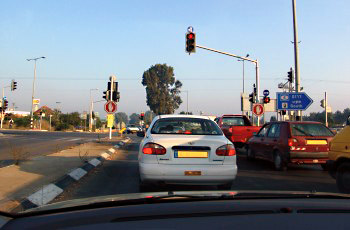
Category : Safety
Question:4
What conduct can be expected from the vehicles in the following picture?
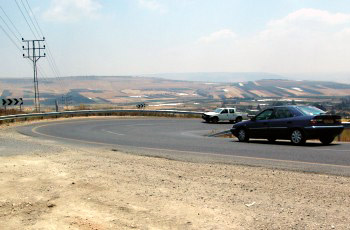
Category : Safety
Question:5
How does pedestrian behavior in the area of the intersection affect drivers?
Category : Safety
Question:6
What is the advantage of driving on the right side of the road?
Category : Safety
Question:7
A panoramic mirror:
Category : Safety
Question:8
What should a driver do when he approaches a road section on which oil was spilled?
Category : Safety
Question:9
How can we avoid danger when we start driving and when we merge with traffic?
Category : Safety
Question:10
What are the “blind spots”?
Category : Safety
Question:11
What are the reasons for a vehicle skidding on a road?
Category : Safety
Question:12
Which of the following sentences is the most correct, as regards to the following picture?
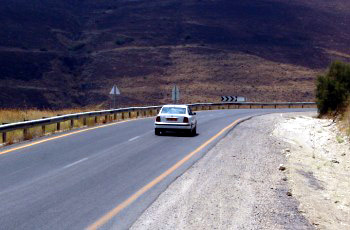
Category : Safety
Question:13
What risks should be taken into account on the following roadway?
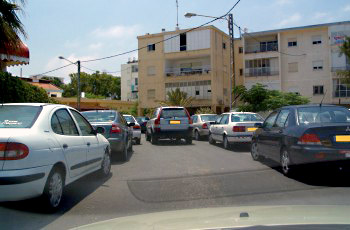
Category : Safety
Question:14
How are you required to conduct yourself according to the occurrence that is depicted in the following picture?
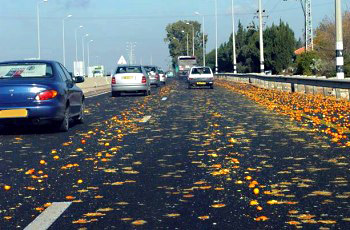
Category : Safety
Question:15
Which of the following accessories reduces passenger impact severity during an accident?
Category : Safety
Question:16
How can we overcome the problem of tiredness while driving?
Category : Safety
Question:17
What is the first stage in getting back on the road from the “hard shoulder”?
Category : Safety
Question:18
In order to overtake safely, the overtaking driver should:
Category : Safety
Question:19
While turning, what natural force pushes the vehicle against the direction of the turn?
Category : Safety
Question:20
You are driving on a two-way road and in front of you drives a vehicle that signals with its left indicator:
Category : Safety
Question:21
How would you conduct yourself according to the situation depicted in the following picture?
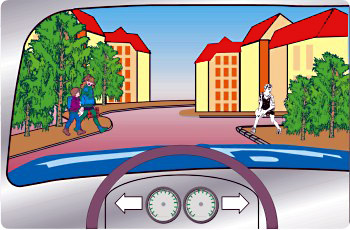
Category : Safety
Question:22
Which tractor-derived pressure is used to operate attachments and additional equipment?
Category : Safety
Question:23
You step on the brake pedal and feel that the service brake (foot brake) is not working. What will you do?
Category : Safety
Question:24
What is the effect of driving at a high speed during an accident?
Category : Safety
Question:25
What is a driver required to do after driving through a puddle and dampening the brakes?
Category : Safety
Question:26
For what reason are weights installed on the tractor’s front?
Category : Safety
Question:27
What reason justifies an unexpected pull from the roadway into the “hard shoulder”?
Category : Safety
Question:28
Is it obligatory to use an appropriate lower gear on every steep descent?
Category : Safety
Question:29
What are the advantages of looking far ahead?
Category : Safety
Question:30
What is the meaning of the term “driving at a reasonable speed”?
Category : Safety

